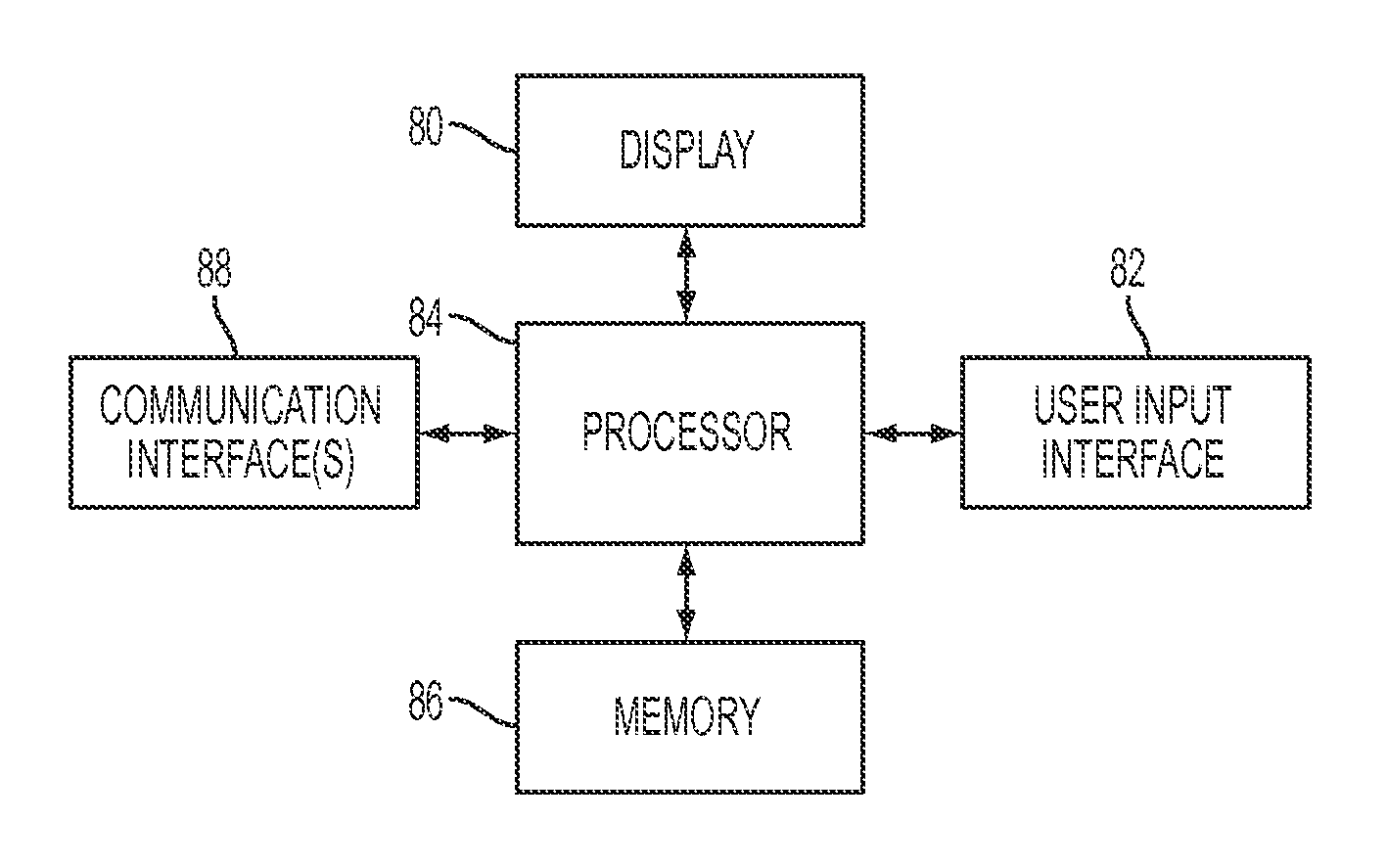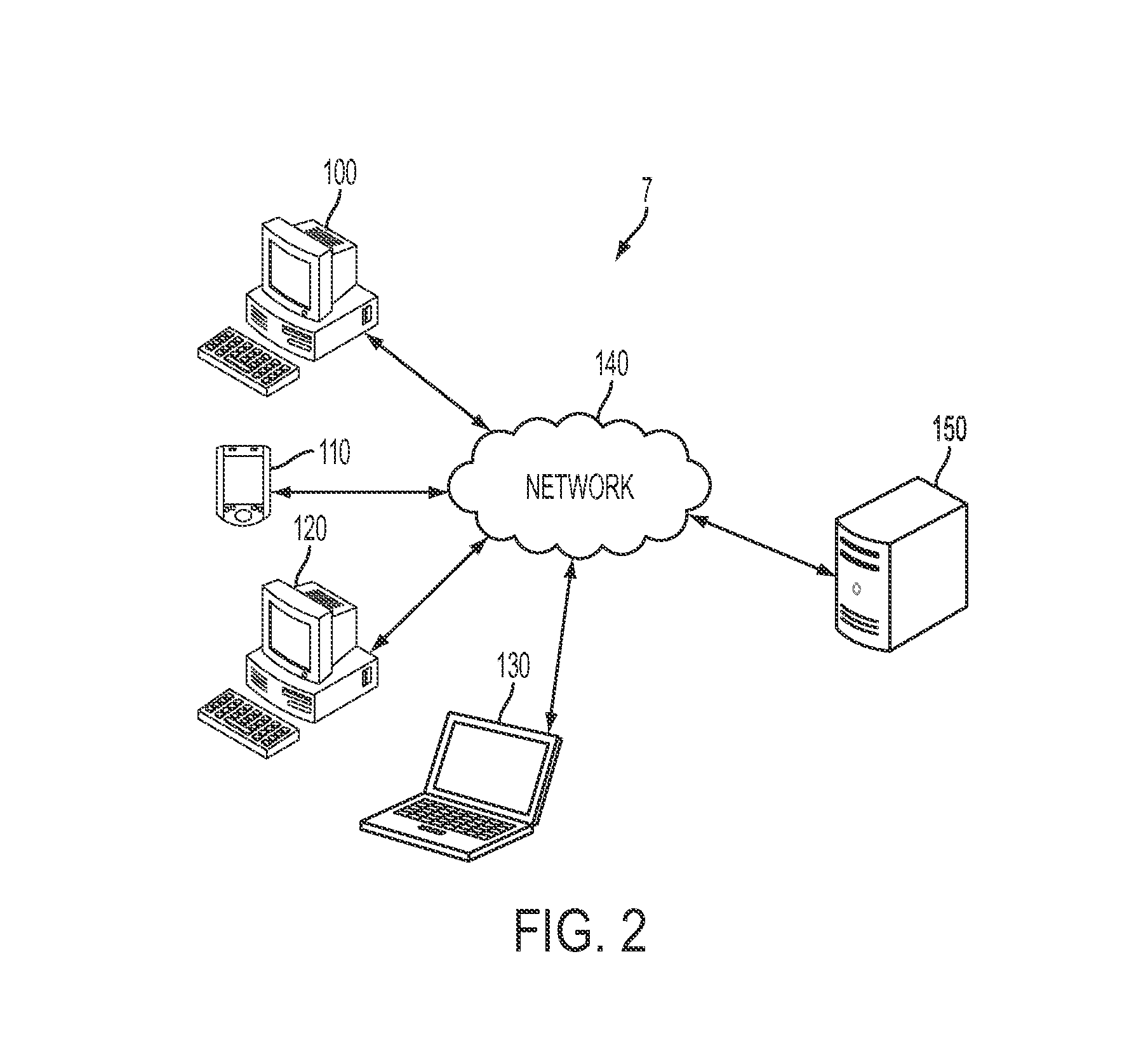Systems, methods and apparatuses for predicting capacity of resources in an institution
a technology of health care facilities and systems, applied in the field of systems, methods and apparatuses for predicting the capacity of various resources in health care facilities, can solve the problems of increased turnover rate of employment, increased overtime costs of employees, and increased patient unreimbursed lengths of stay, so as to achieve better positioning
- Summary
- Abstract
- Description
- Claims
- Application Information
AI Technical Summary
Benefits of technology
Problems solved by technology
Method used
Image
Examples
Embodiment Construction
[0027]The present invention now will be described more fully hereinafter with reference to the accompanying drawings, in which some, but not all embodiments of the inventions are shown. Indeed, these inventions may be embodied in many different forms and should not be construed as limited to the embodiments set forth herein; rather, these embodiments are provided so that this disclosure will satisfy applicable legal requirements. Like numbers refer to like elements throughout.
[0028]FIG. 1 illustrates a block diagram of an electronic device such as a client, server, computing device (e.g., personal computer (PC), computer workstation, laptop computer, personal digital assistant, etc.) or the like that could implement embodiments of the invention. The electronic device includes various means for performing one or more functions in accordance with exemplary embodiments of the invention, including those more particularly shown and described herein. It should be understood, however, the ...
PUM
 Login to View More
Login to View More Abstract
Description
Claims
Application Information
 Login to View More
Login to View More - R&D
- Intellectual Property
- Life Sciences
- Materials
- Tech Scout
- Unparalleled Data Quality
- Higher Quality Content
- 60% Fewer Hallucinations
Browse by: Latest US Patents, China's latest patents, Technical Efficacy Thesaurus, Application Domain, Technology Topic, Popular Technical Reports.
© 2025 PatSnap. All rights reserved.Legal|Privacy policy|Modern Slavery Act Transparency Statement|Sitemap|About US| Contact US: help@patsnap.com



